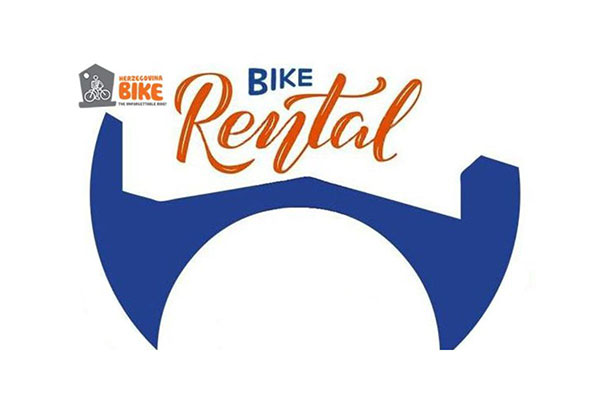In today's urban landscape, cycling stands out not only as a sustainable mode of transportation, but also as a key element in creating more vibrant cities. Here are five facts based on data that confirm how integrating cycling into urban planning contributes to creating happier, healthier communities.
Improves mental and physical health: regular cycling can reduce the risk of heart disease by as much as 50% and reduce the death rate by 40%, according to studies cited in the British Medical Journal. Kopenhagen, a city where more than 62% of residents bike to work every day, shows lower rates of obesity and mental health problems compared to car-dominated cities, highlighting the health benefits of cycling.
It promotes urban living standards and social connectivity: U Amsterdamu, where there are more bicycles than residents (1.2 bicycles per person), urban design prioritizes human interaction and community engagement. This approach to urban planning has fostered a strong sense of community and belonging among residents, with Amsterdam recording higher rates of satisfaction with social connectedness compared to other large cities.
Reduces noise and air pollution: Bicycle sharing initiative in Barceloni, resulted in a 10% increase in bicycle use, which contributed to a 30% reduction in car use on certain roads, significantly reducing noise and air pollution levels. This shift has improved the city's air quality, with a reported 12% reduction in nitrogen dioxide levels, making Barcelona a good practice example of the environmental benefits of increased cycling.
Increases traffic efficiency and reduces congestion: Data from the city Utrecht find that cycling can increase traffic efficiency by up to 40% on roads with built-in cycling infrastructure. The city can accommodate over 125,000 cyclists every day, which shows a significant reduction in traffic jams and an easier flow of city traffic, which contributes to a more relaxed and efficient urban environment.
Stimulates economic growth and benefits local businesses: In New York, local businesses on Ninth Avenue saw a 49% increase in retail sales following the introduction of a protected bike lane, compared to just a 3% increase in retail sales in that part of the city.
Integrating cycling into urban development is not only an environmental imperative but also a strategy for fostering happier, healthier and more connected communities.
Source: LinekdIn CITIES Forum
Image: Unsplash, Malmö, Sweden










